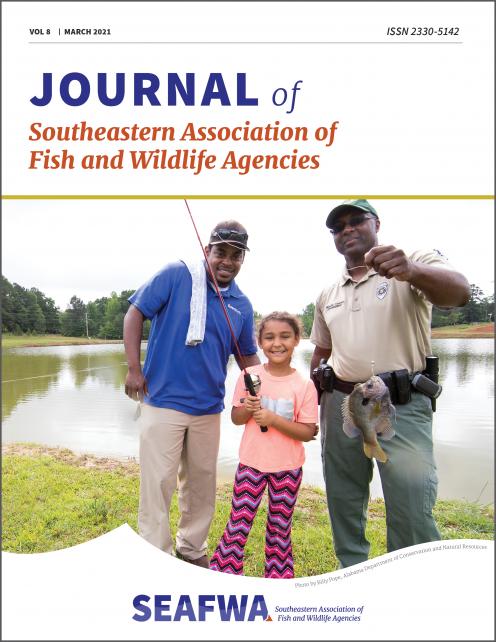Effects of a Milo Diet, Mineral Supplementation, and Native Seed Use in Pen-Raised Northern Bobwhites
Stocking of pen-raised northern bobwhites (Colinus virginianus) into natural habitat is a common management strategy for this species, as is supplemental feeding of the cultivated seed milo (Sorghum bicolor) to wild bobwhites. However, milo may be deficient in minerals and/or other nutri- ents, leading to negative effects for bobwhites eating only milo. Additionally, pen-raised bobwhites with no experience eating seeds may be reluctant to eat native seeds they may find when released. We studied the effects of a milo-only diet on pen-raised bobwhites during the non-breeding season, and we...
